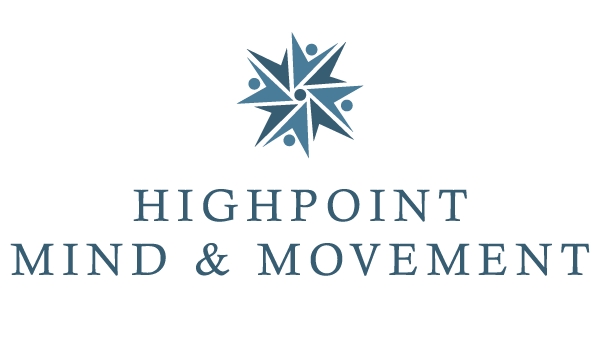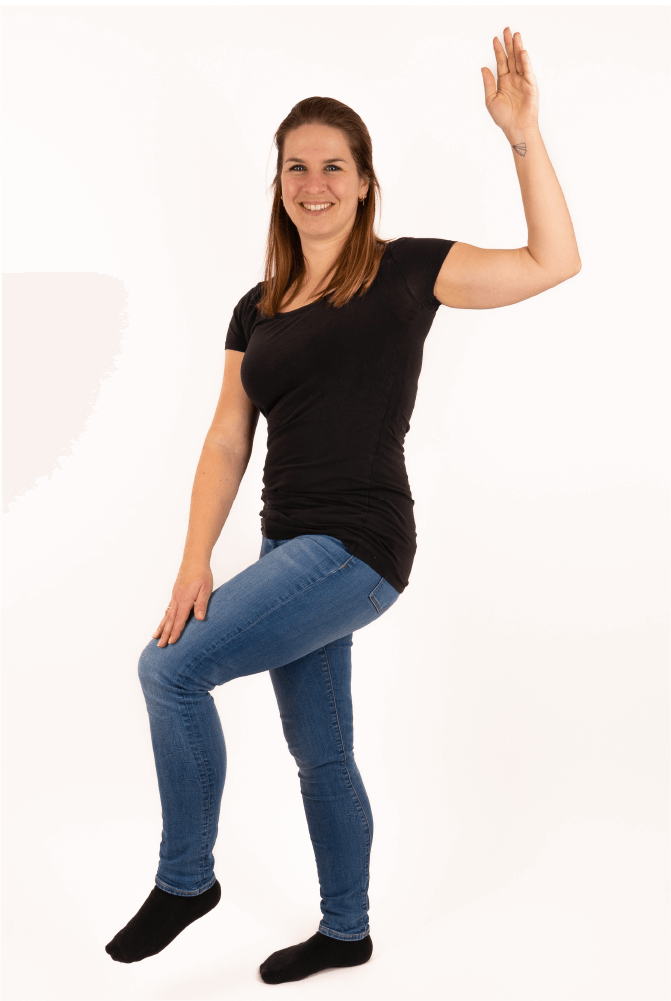PACE Yourself to Improve Mood, Concentration, and Focus
PACE: Positive, Active, Clear, and Energetic
Let me introduce you to a series of four techniques that use simple movements to reduce stress in your body and improve connections in the brain. Combining elements of physical therapy, yoga, acupressure, and the Chinese meridian system, the PACE sequence of Brain Gym® activities improves blood flow to the brain, activating the two hemispheres to “wake up” our brain. It improves mood, increases concentration and focus, calms the emotions, and supports the skills needed for academics.
The PACE sequence is accessible and versatile, and is especially effective when you are stressed out, emotionally upset, or feeling “frazzled.” As a learning readiness sequence, children will benefit from PACE to prepare for school, after lunch to settle down and regain their mental concentration, and during homework to refresh and refocus.
Start Here.
As with all body-centered therapy, before we begin it’s best to take a few moments to notice where you are before moving forward with the PACE techniques. Take a deep breath and notice how you are feeling right now – how does your body feel? Is your mind racing? Are you calm? Just notice and make note.
The PACE Sequence.
Let’s get going! You only need about 5 minutes for the full sequence, but don’t rush. With PACE we start from the bottom and work our way up – like a house with a solid foundation.
E is for ENERGETIC: Water
We begin by hydrating the brain and body. The body is 60% water and the brain itself is 73% water. Since your brain is mostly water, drinking it helps you in a number of ways: improving concentration and cognition, balancing your mood and emotions, and maintaining memory function. All electrical and chemical actions of the brain and central nervous system depend on water to facilitate the flow of electrical currents between the brain and the sensory organs. Without it, our neural activity is sluggish and everything may feel more challenging.
How To: Simply sip water.
Brain Buttons
Lightly massaging the area below the clavical will increase oxygenated blood to the brain.
C is for CLEAR: Brain Buttons
The “Brain Buttons” refer to specific points on the body which, when gently massaged, stimulate the flow of blood, oxygen, and energy to our brains. The two Brain Buttons lie directly over the carotid arteries that supply oxygenated blood to the brain, and by lightly massaging them, oxygen flow to the brain increases. Brain Button stimulation also activates the Reticular Activating System, our internal alarm clock that tells the brain to wake up and pay attention. By placing a hand on our navel we also bring attention to our gravitational center and our balance mechanism, the vestibular system. The vestibular system detects sensory information about motion, equilibrium, and spatial location to orient us in space.
How To:
Place one hand on your bellybutton.
With your other hand, put your thumb and index finger directly under your collarbone on either side of the sternum as far apart as they can stretch.
Gently rub these points for 30 to 60 seconds or until you begin to feel more relaxed or energized.
This can be done sitting, standing, or lying down.
The Cross Crawl
These movements gently elevate your heart rate and stimulate your brain by connecting the left and right sides of your body.
A is for ACTIVE: The Cross Crawl
The Cross Crawl gently activates both the brain and body, slightly elevating your heart rate and stimulating both sides of the brain to become alert. When doing Cross Crawl, we connect the left and right sides of the body by crossing the central mid-line (an imaginary line that runs down the front of the body) to build a bridge between the right and left sides. This allows electrical impulses and neural information to pass freely between the two brain hemispheres, which is essential for physical coordination and mental activities such as learning language, reading, math, and eye-hand coordination. The higher centers of the brain are also stimulated and adrenaline production is better regulated, releasing stress both physically and mentally.
How To:
Stand and lift your left knee and touch it with your right hand, crossing the midline.
Then lift your right knee and touch it with your left hand.
Continue alternating in this fashion for 30 to 60 seconds.
The movements are done slowly and with intention.
This can be done standing, sitting, or lying down.
Hook-ups
Draws energy to our core to calm both the body and the brain. Can be done standing, sitting, or lying down.
P is for POSITIVE: Hook-ups
Hook-ups help to bring energy toward our core to calm both the body and brain. In Hook-ups, we link up the two sides of the body while gently pressing the tongue onto the roof of the mouth. This simultaneously stimulates the limbic system (our emotional brain) and the higher brain centers, moving us out of the survival centers of the brain stem and into the rational, intellectual centers of the higher brain. Meltdowns in children become less frequent and we feel calmer as stress, anxiety and sensory overload are reduced. Can be done standing, sitting, or lying down.
How To:
Cross the legs at the ankles.
Stretch out your arms with the backs of the hands together, with thumbs pointing down.
Keeping your thumbs down, cross one arm over the other near the wrists so the palms are facing each other.
Clasp the hands together interlocking the fingers.
With hands clasped, rotate your hands down and in towards your body. Continue rotating up until they rest on the chest.
If this is difficult to do or the wrists are uncomfortable, simply cross the arms across the chest and relax.
Rest the tongue on the roof of the mouth to increase the calming effect of the Hook-Ups.
Notice shifts in your brain and body.
Now that you’ve completed the sequence, take a few moments to check in with yourself – what has changed in the last few minutes? How does your body feel? Does your brain feel different?
AIDEN’S STORY
Academic Challenges
Aiden, age 16, was in an alternative school to help him manage his classroom behavior and address his academic challenges. He struggled with fitting into a mainstream school classroom because he had a very hard time focusing, sitting still, and staying on task. Read how Aiden used Brain Gym Breaks to stay focused and on track at school →
PACE is a collection of techniques from Brain Gym®, developed by Paul E. Dennison, PhD, and Gail E. Dennison.
The views expressed in this article belong solely to S. Christina Boyd based on 30 years of clinical experience as a movement therapist. Please reach out if you would like further reading or have any questions.






